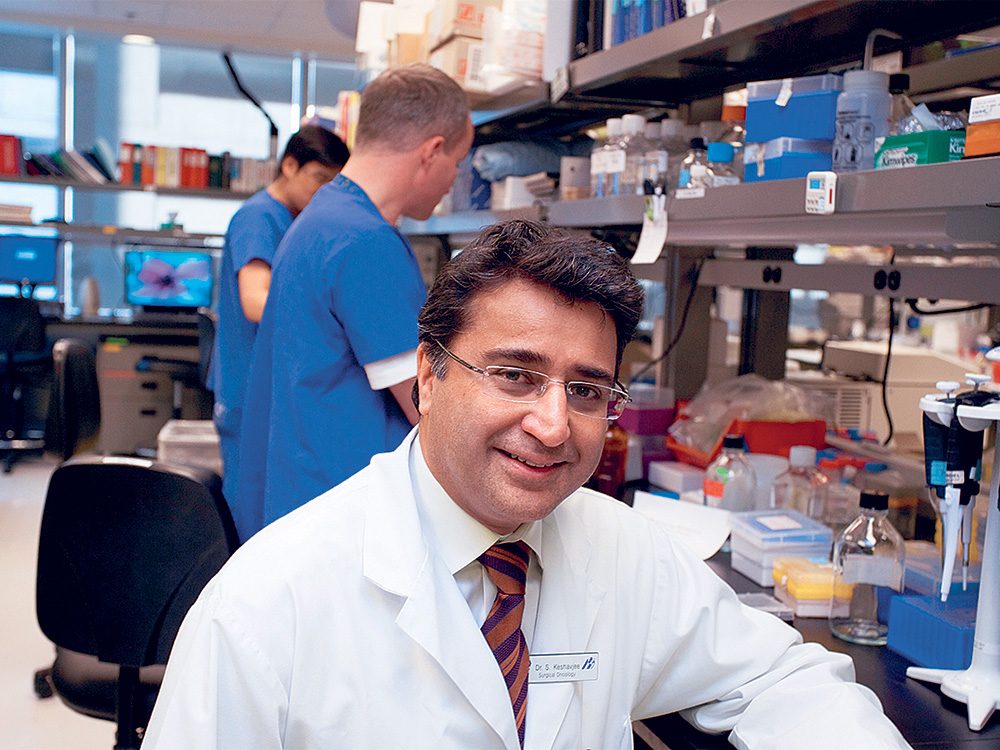
Dr. Shaf Keshavjee, 55
Director of the Toronto Lung Transplant Program at Toronto General Hospital-University Health Network
He engineers super organs.
By Katie Hewitt
On the night of Nov. 26, 1986, Dr. Shaf Keshavjee – then a thoracic-surgery resident at Toronto General Hospital – was called in to assist with the world’s first double lung transplant. The challenges of this operation would preoccupy him for the next three decades.
No organ is designed to live outside the human body, but lungs are especially fragile. Their thin membranes are prone to damage from blood and nutrient loss after being removed. As a result, 80 per cent of donor lungs end up being unusable.
Worried about the resulting wait-list fatalities, Keshavjee and his team developed the Toronto Ex Vivo Lung Perfusion technique (Toronto EVLP), a system that keeps a lung breathing for 12 to 20 hours – outside the body.
As the lungs start taking in oxygen through a ventilator, antibiotics can be administered, blood clots treated and injuries repaired. In some cases, using gene therapy or stem cells with the same technique can create what Keshavjee has called a “super organ” – one that’s “better than the organ that was donated.”
Other ex vivo (outside the body) systems have been used elsewhere, but the Toronto team is credited with mastering a technique that sustains lungs at body temperature until the transplant, rather than the alternate method of cold-static preservation, which involves cooling the organ to 4 C. The cold slows down cell death, but it has a downside: it also slows down the regeneration process necessary for repair.
Since ’86, Keshavjee has scrubbed in for nearly 800 lung transplants at Toronto General Hospital, now a world leader in the field. And since the first trial in 2008, Toronto EVLP has saved 290 lives at its creator’s workplace, as well as dozens more at hospitals in Paris and Vienna. Hundreds of lungs that would have been unusable are now keeping people alive.
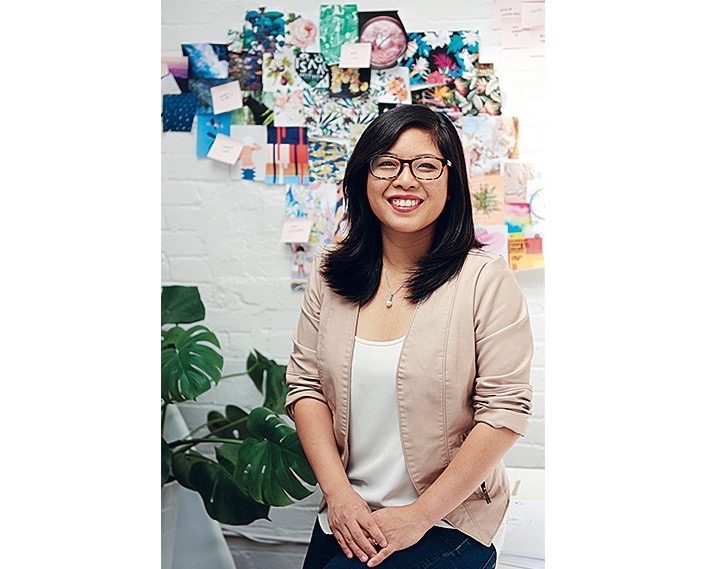
Jessica Ching, 32
Co-founder of Eve Medical in Toronto
She designs services that let women self-screen for STIs.
By Megan Jones
While Jessica Ching was having coffee with friends in 2008, the subject of Pap tests came up. “Everyone’s face fell,” she says. She realized that many women she knew were avoiding the test, as well as screening for HPV – an infection that can lead to cervical cancer – and other sexually transmitted infections, because the process was uncomfortable.
At the time, Ching was studying industrial design at OCAD University in Toronto. For her thesis project, she developed a prototype for a hand-held screening device that would allow users to take samples themselves – a boon for the skittish, but also for patients in underserved communities.
A fully functional version, called HerSwab, was released in 2015. It’s part of a screening system called Eve Kit, which will be available shortly for $90. After collecting samples using HerSwab, users send the kit off to a lab and are able to check their results online within a week.
If the device helps even a few more women get screened, Ching will consider the initiative a success. “No one should be dying of cervical cancer,” she says. “It’s so preventable.”
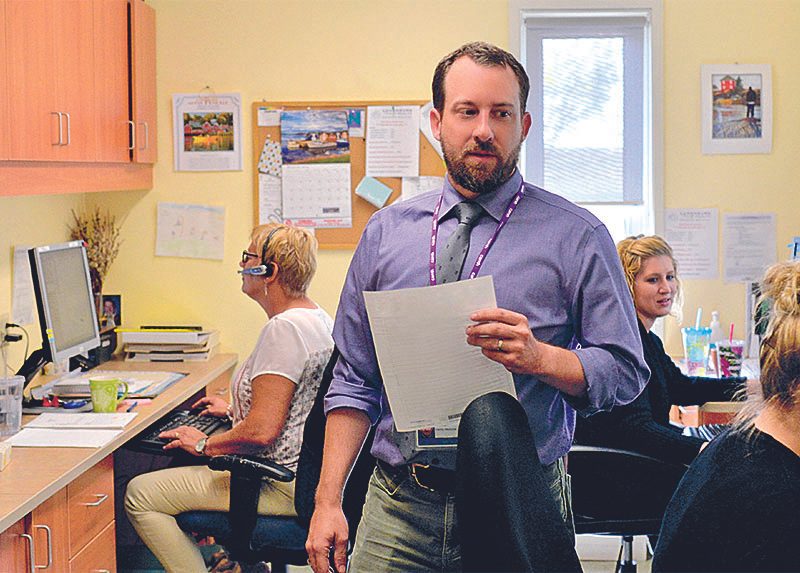
Dr. David Martell, 45
Family physician at Lunenberg Family Health in Lunenberg, N.S.
He provides addiction treatment in the comfort of a family practice.
By Megan Jones
In 2011, a teenage patient and his mother visited Dr. David Martell’s practice in Lunenberg, N.S. The young man was struggling with opioid addiction and needed medication to prevent withdrawal symptoms. No one in the community of 2,300 was qualified to dispense it.
That unfortunate experience prompted the doctor to seek out the necessary training. Today, he sees 40 patients dealing with opioid use disorder in the same building that houses his family clinic. The location is important: treating people with addictions in his practice diminishes the stigma that can arise when they are segregated. As a family physician, Martell is also familiar with his patients’ histories, allowing him to provide comprehensive care.
Across Canada, most doctors don’t know how to treat opioid use disorder. Martell stresses that this can’t go on. “We haven’t seen the worst of the opioid crisis,” he says. “If we don’t address the problem early, many young people will be exposed to drugs that will kill them.”
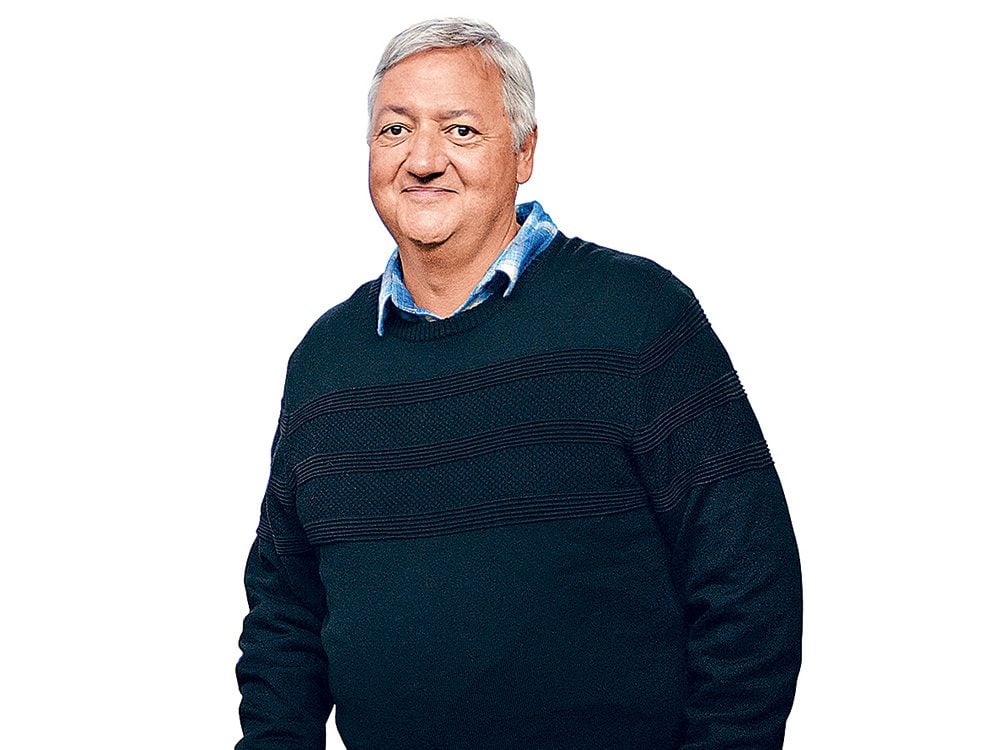
Jeff Reading, 60
Chair in Heart Health and Wellness at First National Health Authority, Simon Fraser University and St. Paul’s Hospital in Vancouver
He makes hospitals work for indigenous people.
By Kevin Chong
Growing up in Toronto’s Regent Park, the country’s oldest social-housing project, Jeff Reading never imagined a career as a professor of medicine. Instead, he tried out for his father’s line of work, firefighting, and was rejected.
Reading has since found another way to save lives. He went on to earn a Ph.D in community health sciences and, in 2016, was named the first-ever Chair in Heart Health and Wellness at St. Paul’s Hospital, Simon Fraser University and the First Nations Health Authority. In close consultation with British Columbia’s 200 or so First Nations communities, Reading is designing cardiovascular health policies for a group that has almost double the rate of heart disease as Canada’s general population.
A Mohawk from the Tyendinaga First Nation, Reading believes his upbringing helped him understand the link between poverty and risky behaviours (such as smoking and drinking) that can cause heart disease and related complications (such as diabetes). In addition to lower incomes, indigenous people must contend with a legacy of multi-generational trauma that can lead to self-medicating behaviours.
First Nations patients requiring cardiovascular care may face a lack of understanding in the hospital setting; Reading’s research aims to generate policy that will promote culturally appropriate care. “The system is geared toward white, middle-aged males,” Reading says about current approaches to heart health. “It has to change.”
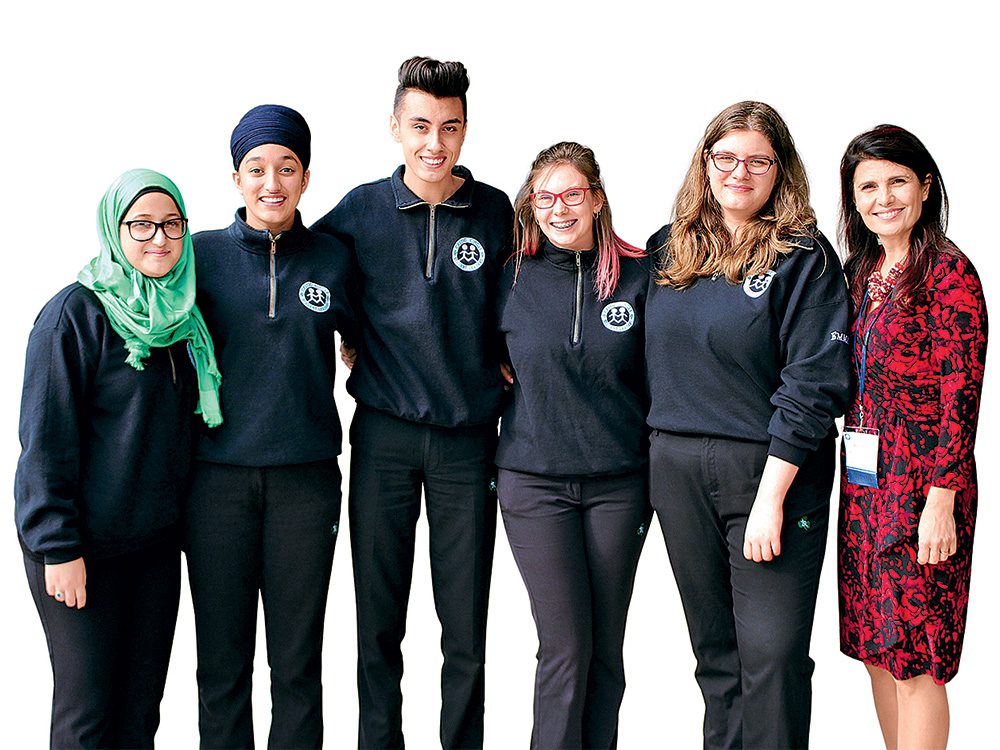
Fatima Abbas, 15; Bhaag Gill, 17; Justin Persaud, 17; Riley McMahon, 17; Emma McLachlan, 17; and Head of Student Services Marisa Mariella, 53
Members of the Celtic Circle at Bishop Ryan Catholic Secondary School in Hannon, Ont.
They stomp out the stigma surrounding mental illness.
By Katie Hewitt
In high school, reputation is everything – and mental illness tends to have a bad one. “No one should be judged for something that’s out of their control,” says Michaela Kelly. The Grade 12 student is a member of Celtic Circle, a peer group at Bishop Ryan Catholic Secondary School in Hannon, Ont., that is working to encourage dialogue and dispel stereotyping through iMatter: Taking Care of Teen Mental Health.
Given by the group’s 30 or so peer mentors, the lessons are delivered to the school’s Grade 9 religion classes. Through them, the younger students confront personal biases, build empathy and meet special guest speakers who’ve lived with mental illness.
iMatter launched at Bishop Ryan in September 2013, facilitated by Marisa Mariella, head of student services. Celtic Circle has since spoken to close to 2,000 students and won a YMCA Peace Medal and the Sharon Johnston Champion of Mental Health Award for Youth.
Member Riley McMahon is confident that iMatter will have a “domino effect” as graduates take lessons from them. “In 10 years, mental health isn’t going to carry a stigma.”
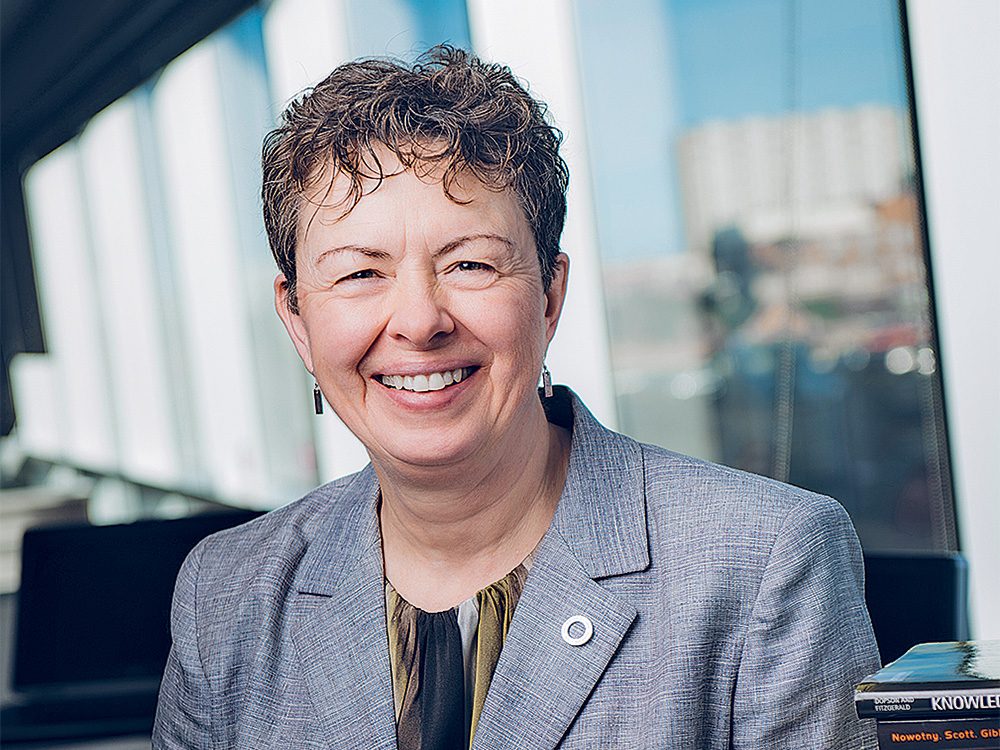
Carole Estabrooks, 62
Canada Research Chair (Tier 1) in Knowledge Translation in the faculty of nursing at the University of Alberta
She translates facts and figures into better eldercare.
By Sarah Liss
As a nurse working in intensive- and critical-care units, Carole Estabrooks spent a lot of time tending to the gravely ill and injured. Though the bulk of her cases involved a certain amount of heartbreak, she was particularly affected by elderly patients.
“The hardest cases,” Estabrooks says, “were the very old – the couple in their late 80s who’d been in a car accident. I felt they shouldn’t have to live out their last days in pain.” When – after years on the floor – she returned to school, completed a master’s degree and a doctorate in nursing and became a researcher, Estabrooks followed her heart. For the past decade, she’s gathered and used data to improve the quality of care and the quality of life of seniors and front-line staff in long-term care facilities.
To do so, Estabrooks employs an approach called knowledge translation, which entails “making information, research findings and best practices accessible and usable for people in the system.” Concretely, that might involve meeting with teams from nursing homes to identify areas in need of improvement – reducing pressure sores, say, or increasing residents’ mobility – and then formulating plans to achieve those goals. The approach may seem a bit abstract, but it has real results: in pilot studies, subjects have seen significant reductions in disruptive behaviours that are common with dementia; other studies have also shown improvement in resident mobility, which means they spent more time interacting with others.
Estabrooks wants to help effect systemic change that will allow us to live the best lives we can, right up to the end. That doesn’t just mean quality palliative care; she’s talking about the details – a favourite flavour of ice cream or familiar music – that can bring a person joy.
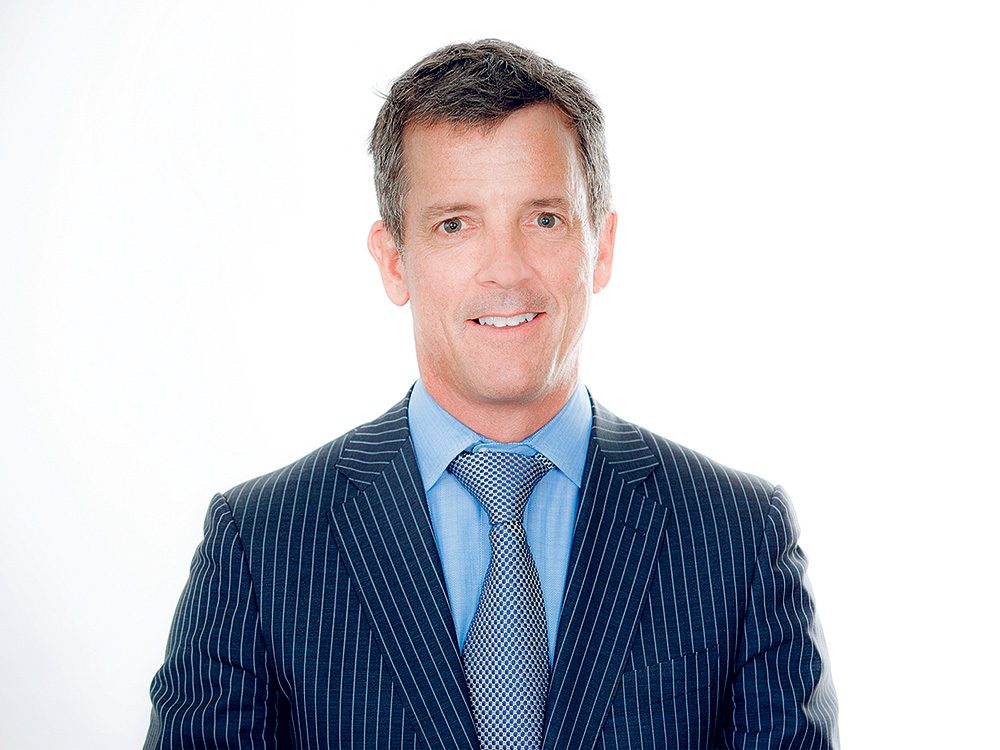
Dr. Pierre Brassard, 54
Medical director and owner of the Centre Métropolitain de Chirurgie in Montreal
He provides peace of mind to trans and gender-nonconforming people.
By Stéphanie Verge
The first time Dr. Pierre Brassard constructed a penis, he worked alone. He didn’t have a choice – it was 1993 and no one else in the country was performing phalloplasties using skin, nerves and blood vessels taken from the forearm.
A recognized plastic surgeon with an expertise in complicated reconstructions, Brassard had been asked to join forces with a team of psychiatrists from the University of Laval who were treating transgender patients at the Hotel Dieu hospital in Quebec City. “It took me 10 hours to connect all the nerves and blood vessels,” he says. “I was successful, but I realized I had much more to learn.”
No formal training was available, so Brassard went to the United States and Germany to see what other people were doing. He eventually joined a private practice in Montreal and in 2007 took the helm at the Centre Métropolitain de Chirurgie, the only clinic in Canada that performs genital surgeries and has an in-patient unit for recovery. There, supported by a staff of 80, trans patients can get gender-affirming procedures – which can include mastectomy, breast augmentation or vaginoplasty, among others – so that their physical sex is more in line with their gender identity.
People come from across the country and the world to be treated by Brassard and Drs. Maud Belanger and Eric Bensimon, the two colleagues he brought on board in 2011. Together, the surgeons perform approximately 500 procedures a year. “We make sure patients get where they want to be and that their suffering is lessened,” says Brassard. “I need to remain objective, but this is an emotional job. Every week, a patient will hug me and tell me that I saved their life.”
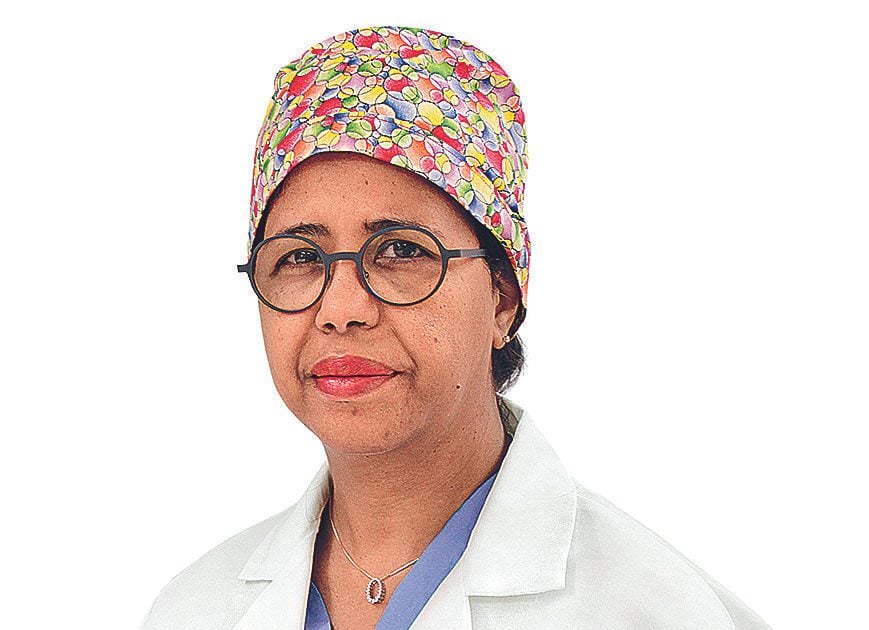
Dr. Sharifa Himidan, 50
Pediatric, general and thoracic surgeon at SickKids Hospital and North York General Hospital in Toronto
She uses innovation to improve surgery and speed healing.
By Sarah Liss
As a child growing up in Saudi Arabia, Dr. Sharifa Himidan dreamed of becoming a human-rights lawyer, but medicine eventually won out. It was, she felt, her best opportunity to make a difference for women, children, seniors and people living in areas plagued by instability. Once enrolled in med school, she found herself drawn to surgery. “At the time, women in my culture weren’t encouraged to choose this field,” she says, “but it fit with my desire to bring about immediate change.”
That drive toward improvement has led Himidan to investigate novel strategies. Drawing on her love of songs, she has mounted a pilot study in collaboration with a local artist to investigate whether music – personally curated playlists and self-composed tunes – can decrease anxiety and alleviate pain in children undergoing surgery. (Anecdotal evidence says yes.) For the past decade, Himidan has also been working to develop assistive robotic technologies, such as exoskeletons, to help people with mobility issues gain independence.
Innovations in Toronto aren’t enough, however. Most recently, Himidan was part of a team of surgeons that travelled to Ukraine to treat children affected by physical trauma. They delivered tools, trained young surgeons and are working to establish infrastructures in Lviv and other centres. “My goal is to see those doctors providing care to Ukrainian children that is equivalent to what we offer in Canadian cities,” she says.
To Himidan, globalization is about more than just social media or multinationals; it’s about looking after those in need at home and abroad.